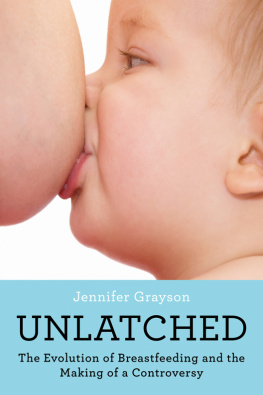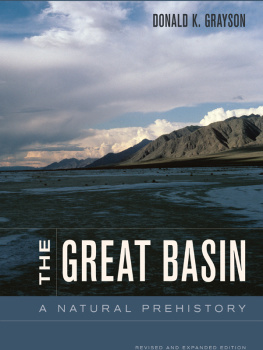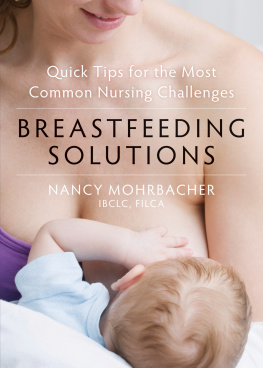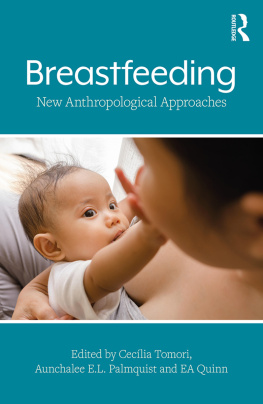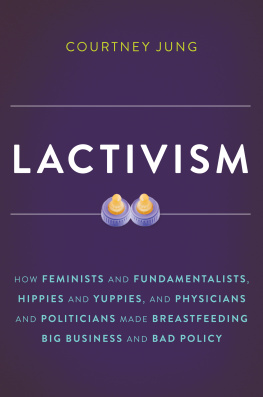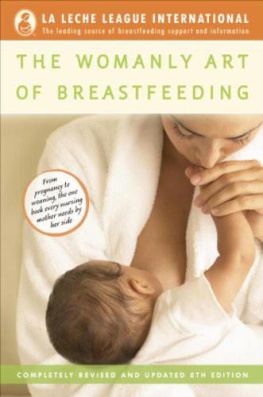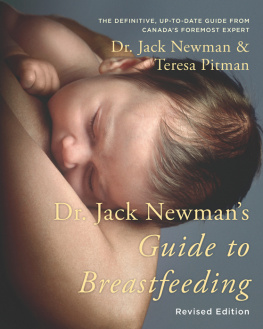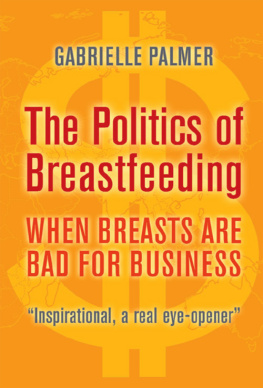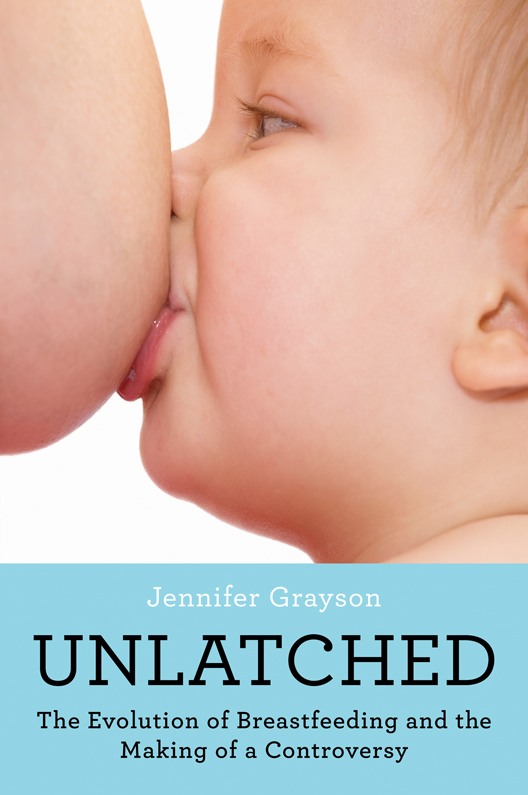I t was my younger daughter Mikas second birthday, and my husband Matthew and I decided that the uncharacteristically drizzly and cold day would be the perfect time to take Mika and her older sister, Izzy, to the Los Angeles Zoo for a quiet family celebration.
Normally, the LA Zoo is, well, a zoo. Fighting through the fray of visitors on prior visits, we ordinarily had to hoist our girls up on our shoulders just so they could get a peek at their beloved giraffes and flamingoes. But since no one in our typically sun-blessed city dares to venture out in the rain, on that day as the girls raced down the trail from one exhibit to the next in their bright pink galoshes, they found to their delight that they had the entire park to themselves. Correction: they had a vast swath of nature to themselves. I had never noticed it before among the masses, but the LA Zoo is, in fact, plunked in the northeast corner of the 4,000 acres that comprise the citys Griffith Park, the largest stretch of municipally managed urban wilderness in America.
As Ive done since I was a little girl anytime I found myself in the middle of nature with few others about, I tried to imagine what the very place in which I stood must have looked like five hundred years ago; ten thousand years ago; one million years ago. Shielded from the rain beneath a densely woven canopy of soaring eucalyptus, mulberry, and palm trees and listening to the howls of monkeys and birds overhead, it wasnt hard to imagine that I was no longer in the second-largest city in the United States but in the midst of a primeval forest. And in the light rain as we made our way toward our favorite exhibit, the zoos Chimpanzees of the Mahale Mountains, a dense cloud of mist seemed to form, promising a path to another time. Then I was yanked out of my lovely daydream and thrust back into the twenty-first century.
Oh my God, look! That mom is breastfeeding! a woman shouted and then erupted into laughter. A crowd gathered, and I could hear people snickering as smartphones were pulled from pockets and raised before the vast stretch of safety glass that separated humans from primates. I hoisted Mika onto my hip and held tightly to Izzys hand as we inched closer for a better look. What I saw didnt make me laugh; it momentarily took my breath away.
There, in the crook of what appeared to be a young female chimpanzees gangly, fuzzy arm, I spied one miniscule wrinkled pink ear. A pair of tiny hand-like feet dangled about a foot below. As if in response to the clamor on our side of the partition, a miniature head popped up, and its uncannily humanoid face stared, bewildered, at the crowd. Then almost as quickly, the infant turned back toward the substantial comfort of its mother, stretched its mouth open wide, and rooted around a bit before rediscovering the protruding brown nipple on its mothers chest. The baby latched on firmly, once more shielded from view by a motherly embrace.
Near me, a young boy of about eight tugged at his fathers iPhone-wielding arm and asked what the creatures were doing. But Mika had glimpsed her baby chimpanzee doppelganger (only slightly furrier and with somewhat sleepier brown eyes), and needed no such explanation.
Mommy milk! she exclaimed, clawing at my chest with the tenacity of an excited puppy. I gave the baby carrier I was wearing around my hips a yank and pulled it up around her snugly, to shield her from the rain. Just as quickly, I inched down the top of my shirt. Like the little ape, Mika latched on hungrily, her eyelids soon drooping drowsily at her first respite from a full day of running around.
I suppose I had half-expected the crowd to then turn from the glass and point their cell-phone cameras at me as I nursed my two-year-old birthday girl (not the most common sight even in laid-back LA). So I was relieved when they only turned their attention to a pair of tussling adolescent chimps instead. Matthew held up Izzy to give her a better look at the two chimps and as he did, I noticed that the chimpanzee mother, clearly distressed by the gawking and smartphone-wielding horde, had protectively backed herself and her nursling away from the window and was already some distance off.
With Mika neatly tucked into the carrier, now almost fast asleep as she continued to nurse, I slipped away from the group and followed the mommy chimp and her nursling as I moved down the length of window. The mother climbed to the top of the hill at the edge of the habitat and then, using only one arm while her infant dangled from her chest, she scaled twenty feet of rock wall to the top of a cave. At that point, she must have judged herself safe from the onslaught, and she rested at the top, gently stroking her babys head with her long fingers. All at once, her eyes met mine and she seemed to acknowledge my gazeand Mika.
For the next ten minutes, we stayed as we were, eyes locked, nursing our babies silently, and I felt myself slip back in time once more: It was just me, my daughter, and our ancestors from 13 million years ago. Then I broke the spell by wondering, When had the wall been so firmly wedged between us, just like that glass barrier?
I looked back to see where Matthew and Izzy had gotten to and saw the crowd of iPhone gawkers dissipating in the distance. When I returned my gaze to my new chimp friend, she had turned her back to me, once more shielding her baby from the view of strangers.
FOR ALL THE MONTHS THAT I HAVE WORKED ON THIS PROJECT, the story above is the one I have always kept in the back of my mind. While the breastfeeding controversy has come to encompass many, many issues (including whether or not its acceptable to breastfeed in public, how long it is appropriate to nurse, the snarky media and message board back-and-forth as to whether the benefits of breastfeeding are all theyre cracked up to be), for me the essence of the story is what transpired that day at the zoo: Its all about us, as we peer through a barely discernable barrier at a reflection of 98.8 percent of our own DNA and see an image that we do not recognize. Its all about us, as we hurtle headfirst into the Digital Age without stopping to consider the momentous significance of what we may have impulsively left behind.
Only recently, I learned another part of the story at the zoo. That summer and again that autumn before our visit with our two girls, there had actually been two chimp babies born at the LA Zoo, both to first-time mothers. One was Johari, the inquisitive imp I saw nursing that day. But there was also Oliver who, on that day, was off-exhibit. Olivers mother had tried to nurse him, but it proved unsuccessful and the zoo staff had made the decision to hand-feed (that is, formula feed) him until he became strong enough to rejoin his mother and the group.
Before completing my research for this book, I had, like so many others, assumed that breastfeeding was an ingrained mammalian instinct that we humansin our fast-paced modern worldhad made the choice to subvert, once a convenient alternative became readily available. But the truth is that while the rooting and sucking reflexes are hardwired in a baby, a mothers knowledge of how to breastfeed is not. For humans and members of the larger primate order to which we belong, that knowledge is culturally based and it is largely learned. It is unclear why, specifically, Oliver was unable to connect with his mother, but what we do know is that in the absence of literally generations of female know-how (or in an alien environment as in the case of an animal held in captivity), even a chimpanzee mother might not be able to assume the seemingly instinctive task of feeding and nurturing her young.

